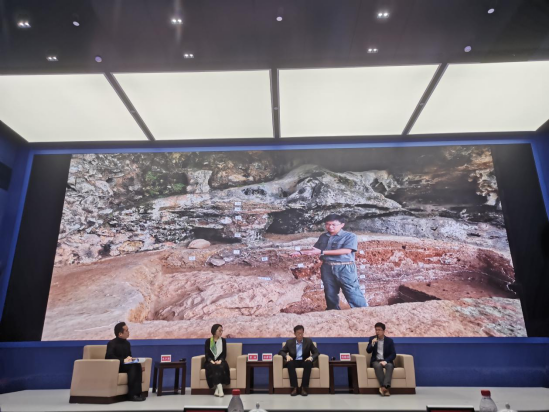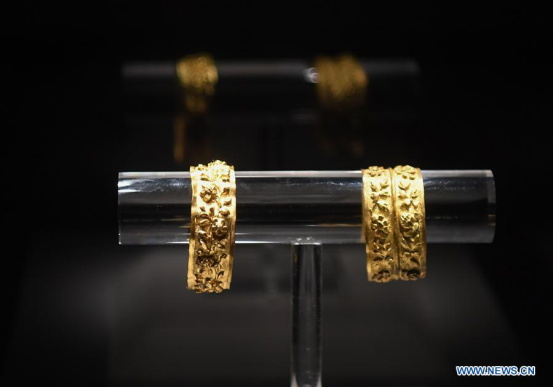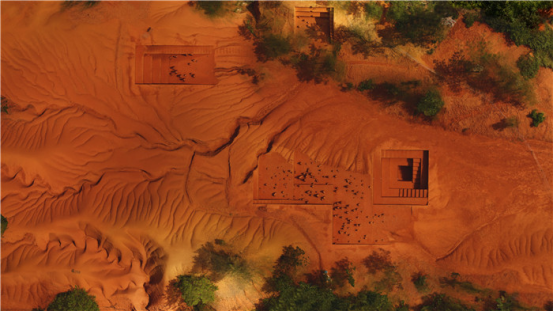April 18 is the International Day of Monuments and Sites. On April 19, Guangzhou held an interview meeting on cultural relics and archaeology, inviting experts to share their opinions and views on the archaeological development of Guangzhou city and Guangdong Province.

(Photo: Southcn.com)
Liu Xiaoming, deputy director of Guangzhou Municipal Culture, Radio, Film and Tourism Bureau and the director of the Guangzhou Municipal Cultural Heritage Bureau, introduced that since 2016, Guangzhou has carried out 1,719 archaeological projects.
Archaeological sites such as Nanyue Kingdom Palace, the Tomb of Nanyue King, Moyi Mountain, and Lotus Academy have been discovered in the city, with more than 15,000 sets of important cultural relics unearthed. These discoveries provide concrete testimony of the continuous exchanges between Guangzhou and overseas regions for more than 2,000 years.
The experts believe that the unique archaeological discoveries in Guangdong are an important basis for understanding Guangdong and Lingnan region.
Zheng Junlei, deputy dean of the School of Sociology and Anthropology at Sun Yat-sen University, pointed out that underwater archaeology in Guangdong is a highlight, such as "Nanhai No. 1", one of the biggest and best-preserved ancient trade ships found in the world that reveals stories of the ancient Maritime Silk Road.

Pliers bracelets found on the wreckage of Nanhai No. 1 (Photo: Xinhua)
"For a long time in ancient times, the Lingnan region did not receive much attention. We need to learn about the history here through archaeology," said Cao Jin, director of the Guangdong Provincial Institute of Cultural Relics and Archaeology. "For example, the Yunan Modaoshan site brings forward the history of the earliest human activities in Lingnan region by about 600,000 years."
The excavation of the Yunan Modaoshan site was conducted by Liu Suoqiang, director of the field archaeology research center at the Guangdong Provincial Institute of Cultural Relics and Archaeology. At the meeting, he indicated that Guangdong's unique geographical location and environmental conditions have determined its historical and cultural development with its own characteristics.

Yunan Modaoshan site (Photo provided to Newsgd.com)
"We have found important sites and remains in Guangdong from primitive times to the beginning of Chinese agriculture. Guangdong's culture has made great contributions to the origin and development of Chinese civilization." Liu said.
Related news: Guangdong unveils its top 10 archaeological discoveries for a decade
Author | Holly
Editor | Wing, Olivia, Monica, Will, Jerry
















